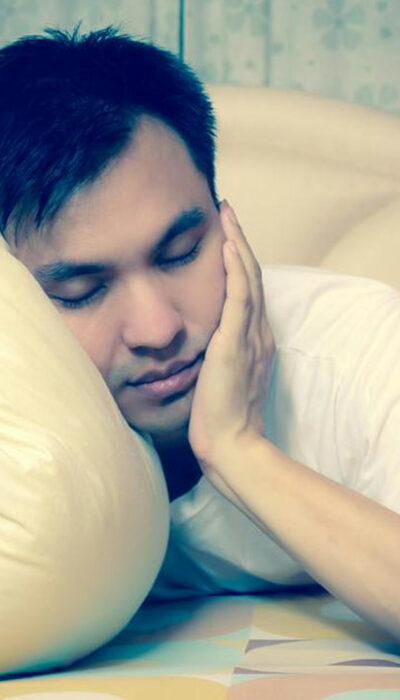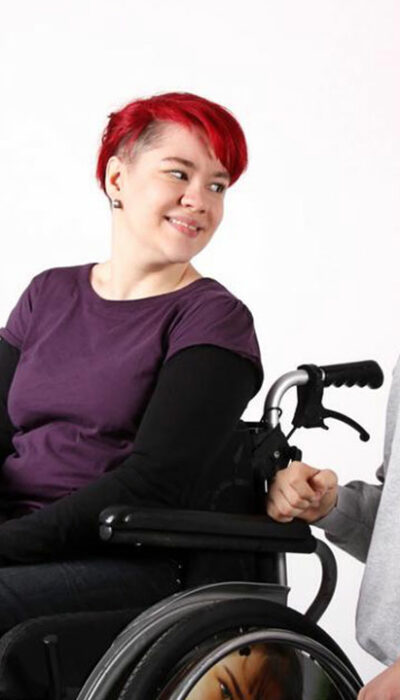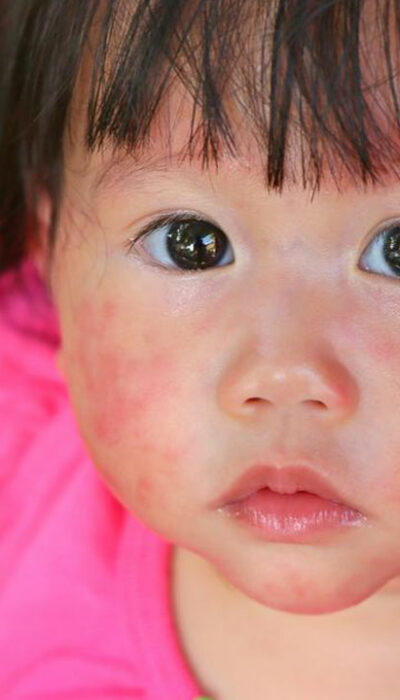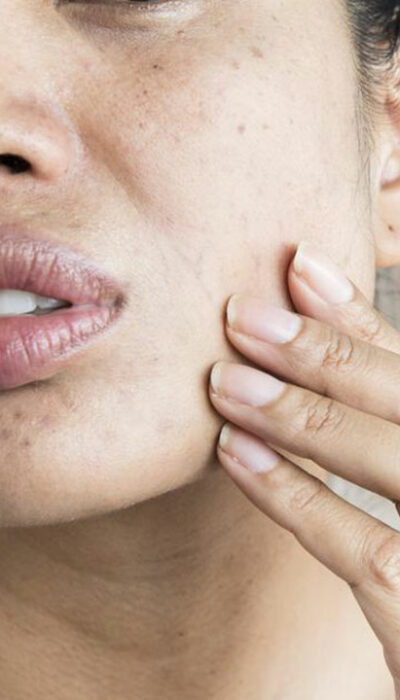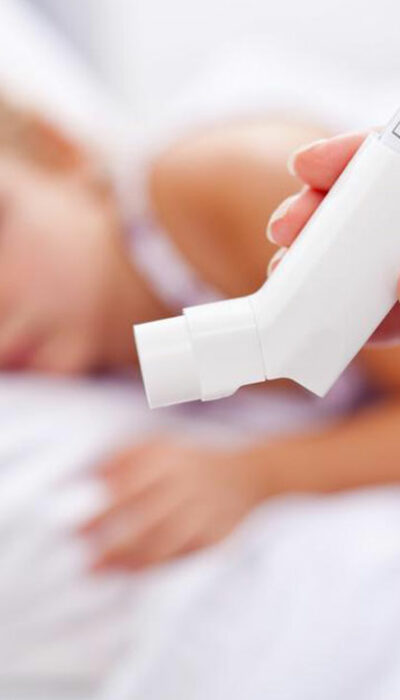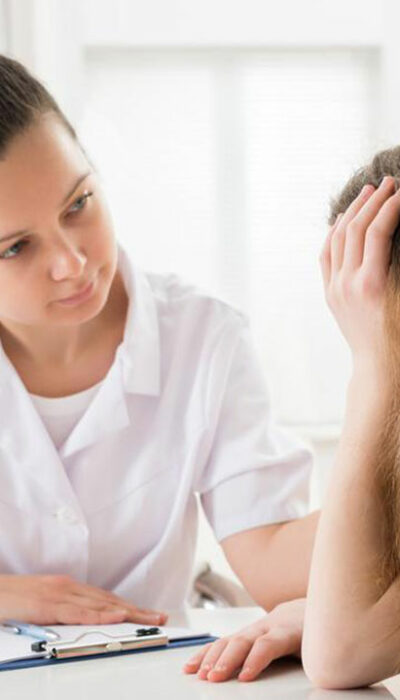
Symptoms and Treatment Options for ADHD You Must Be Aware of
Attention Deficit Hyperactive Disorder (ADHD) is characterized by symptoms such as a combination of inactivity, hyperactivity, or impulsiveness. Around 8 million adults suffer from the problem of adult ADHD in the USA. ADHD is a biological or genetic problem. The symptoms of ADHD mainly occur in childhood. Hyperactivity reduces in adulthood, however, impulsivity or inattentiveness many continue. People in the USA, who have had ADHD as children, have higher chances of suffering from adult ADHD. Some people get it diagnosed and treated in time. Those who haven’t diagnosed ADHD know about it in the latter halves of their life. Common symptoms of adult ADHD: The common symptoms of ADHD include restlessness, less concentration, and poor organizing ability. Adults with ADHD in the USA find it difficult to listen to commands/instructions, follow directions, concentrate, memorize details, and accomplishing tasks on time and managing them. The symptoms of adult ADHD vary from mild to significant depending on levels of severity. These symptoms can cause trouble in normal life and cast severe impacts at work, home, or school. Adults with ADHD in the USA suffer from anxiety disorders including bipolar disorder, depression, or psychiatric disorders. The comorbid disorders refer to the conditions when two or more of the problems mentioned above exist together. About 50% adults with ADHD in the USA suffer from anxiety disorders. If an individual has ADHD, he/she is likely to face the below symptoms: – Depression, chronic boredom – Bad mood (mood swings) and short temper – Lesser self-esteem and motivation – Procrastination and forgetfulness – Troubling relationships The problems caused by ADHD aren’t alike for everyone. Some individuals may find it difficult to work in certain situations, while some hunt for simulation. Some adults with ADHD are highly antisocial while others could be pro-actively social. Adults with ADHD in the USA might even have poor grades, either dropped out or have an underachieving record in school.
